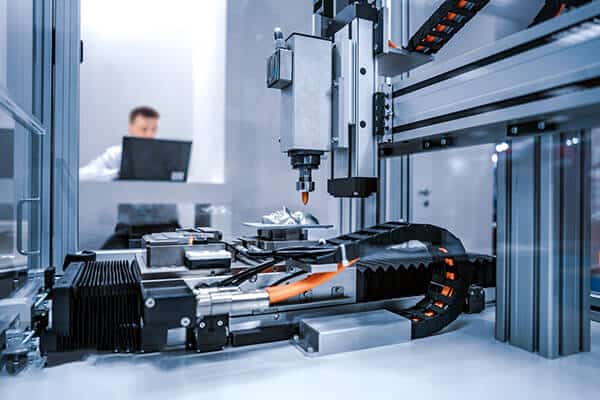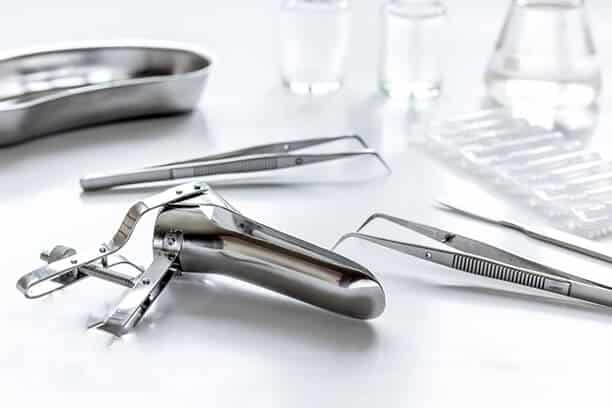The precision machining of optical components has embraced an altogether new era as a direct result of the rising complexity and intricate nature of optical components. The procedures detailed in spherical optics have been important in developing non-complex optical components. The traditional techniques of grinding and polishing are included in these approaches. However, because of the limitations of dimensional precision that these formal procedures provide, it is only possible to partly construct complicated optical components using these methods. Machining on many axes and precise measurements are necessities for producing such parts.
Runsom Precision is a superior machine shop with unmatched capabilities for precision optical CNC machining.
Precision cutting techniques using diamond tools carried out on extremely accurate equipment are necessary to meet the very stringent tolerance requirements of aspherical and microstructured optical components. It is possible to get a high surface quality and tighter tolerances with this method. These ultraprecise manufacturing technologies are used to produce dimensional precision for both the optical elements and their molds. This accuracy is necessary for the optical components to function properly.
This article will cover a variety of ultraprecise machining processes, their applications, and some factors to keep in mind when selecting a precision machining service provider.
Ultraprecise Optical Component Manufacturing Methods

The most common methods include using ultraprecise technology and diamond cutting tools for manufacturing complicated micro-optical components with surface quality exceeding fractions of a micrometer Ra. To realize complicated surface geometries, freeform surfaces, and true 3D structures, numerous unconventional methods of multi-axis machining will need to be studied to discover varying degrees of accuracy.
Sharpness and roundness of the tool’s cutting edge are the two most significant aspects to consider when establishing the overall quality of the manufactured optical components. As a result, unique tool geometries are integrated. These tool geometries comprise diamond micro-endmills, ball-endmills, and other instruments for shaping and turning.
A single-point instinctual diamond cutting tool can remove the workpiece material appropriately and efficiently when combined with an ultraprecise vibration-free CNC machine, a small tool holder, and the proper fixture. Because of its incredibly high degree of sharpness, it guarantees that the cutting forces that are delivered to the workpiece are highly strong and focused. Because of this, there will be very few distortions elsewhere, as well as special surface quality and proper shape.

In the following subheadings, optical precision machining processes will be highlighted in a categorized manner together with specific technical information.
Turning a Single Point with a Diamond Tool
When it is necessary to produce optical components that are rotationally symmetrical, one option for accomplishing this goal is to make use of this kind of machining. This slicing method is quite effective and time-saving. With this method, it is possible to achieve fast cutting speeds as well as a high level of surface finishing with Ra values of less than 5 nanometers. The dimensional precision of the item produced by using this method is directly attributable to the tool used. During machining, skilled engineers compute the tool radius and the radius compensation values for the whole tool path. The waviness of the tool has to be managed to a level that is 0.1 micrometers of the tool’s radius to achieve accuracies in the sub-micron range.
On the other hand, plunge cutting using sharp point tools might be used in this procedure to create simpler surface structures if that is what is desired.

Milling and Fly-Cutting
Milling, particularly computer numerical control (CNC) milling, provides an excellent capacity for machining complicated surface geometries. It is possible to manufacture optical components that have freeform surface finishes. A machining service provider capable of milling on at least three axes on a computer numerical control milling machine is needed for producing optical components such as camera lenses and lighting prototypes for automobiles. However, having the capacity of five-axis machining is perfect for improving the optical surface characteristics, and reputable machining service providers guarantee this is the case for their customers. Endmills, ball-endmills, and fly-cutting tools make up the three primary categories of diamond milling tools used to produce optical components.
Ball-endmills are the tool of choice to manufacture freeform surface geometries that need accuracies up to D0.5 millimeters. In addition, reliable suppliers of machining services can provide accuracies for inside corners that range from R0.1 to R0.15 millimeters. Fly-cutting tools are quite helpful when it comes to carving grooves. When working with planar surfaces, fly-cutting is a technique that is used. For example, a fly-cutting milling method may be used to make laser mirrors and pyramid constructions that can be used as reflectors.

The Crucial Function of Precision Machining in the Modern World
In recent years, there has been a significant increase in the demand for optical components in the consumer electronics industry. Notable applications include the camera lenses used in smartphones and DSLR cameras and the scanning mirrors found in laser printers. It presents a significant obstacle for the industry, namely the question of how to ensure the fabrication of free-form optical components in the most cost-effective manner. However, machining with a high degree of accuracy (precision machining) enables us to guarantee this.
The use of single free-form mirror structures instead of conventional camera lenses, which are produced by precision machining, enables the compactness of camera designs and significant cost savings in manufacturing large quantities of cameras.
When it comes to laser printers, the application of precision machining makes it possible to produce a laser with a shorter wavelength, which, in the end, results in increased printing output thanks to a smaller printing spot. In addition, freeform optical machining makes it possible to adapt to longer wavelengths, resulting in a more cost-effective mass production laser printer that uses the same freeform lens.
What Makes a Machining Service Provider Stand Out From the Rest?
After reading all the information in this post, the most important question that may be going through your mind is, “How do I decide which machining service provider is best for optical components?” Permit us to walk you through the criteria that must be satisfied to check off all the boxes regarding this matter:
- Always be on the lookout for a service provider with split machining solution capabilities, especially if the items you need to machine are of considerable size. To circumvent the machining constraints posed by large-sized components, the service provider must come up with split and bond solutions that are both effective and efficient. In addition, using the appropriate bond solutions to produce a good finish on the final product is essential, and only suppliers of precision machining services with extensive expertise can accomplish this goal.
- Because of the complex nature of optical components, machining capabilities spanning five axes on a CNC machine are very necessary. In addition, the feasible accuracies in this day and age should equal no less than R0.1 millimeters at the very least.
- Excellent surface quality is achieved when the surface finishes have a Ra value of 0.2 micrometers and the surface tolerance values are within 0.025 millimeters. Additionally, hand gluing and mirror polishing are essential to producing a complex optical component. Following the polishing process, it is suggested that the surface roughness values approach 0.025-0.05 micrometers.
Suppose a machining service provider can meet all of the requirements for these measures. In that case, you should approach them using the Contact Us page so that you may set up a formal voice or video conference. Keep in mind that maintaining an accurate information flow is necessary to maintain a long-term relationship based on the maximum degree of collaboration.
Work with Runsom Precision, a series of CNC machining services ranging from 5-axis CNC machining to Swiss CNC machining is offered to help to boost your business and improve your applications with our best-quality optical parts at the most affordable cost. Please feel free to get an instant quote right now!
Other Articles You May Be Interested in:





